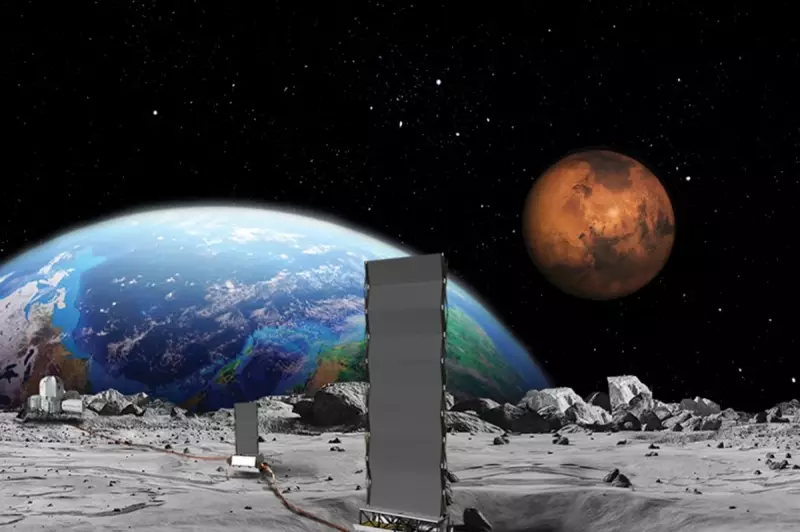
NASA is pushing forward with an ambitious plan to establish a nuclear power source on the Moon by the end of the decade. The project, developed in partnership with the US Department of Energy, could revolutionise long-term lunar exploration and pave the way for future missions to Mars.
Why Nuclear Power on the Moon?
The initiative aims to provide a reliable and continuous energy source for lunar bases, overcoming the limitations of solar power, which is hindered by the Moon’s long nights and extreme temperatures. A nuclear reactor would ensure uninterrupted power for habitats, scientific instruments, and life-support systems.
The Artemis Connection
This project aligns with NASA’s Artemis program, which seeks to return humans to the Moon by 2025 and establish a sustainable presence. A nuclear power system would be crucial for supporting extended missions and enabling deeper space exploration, including eventual crewed trips to Mars.
How It Works
The proposed reactor would use uranium fission to generate electricity, similar to terrestrial nuclear plants but scaled down for lunar conditions. NASA has already solicited design proposals from private companies, with testing expected to begin on Earth before deployment.
Challenges Ahead
Despite the excitement, significant hurdles remain, including safety concerns, transportation logistics, and international regulations. However, NASA remains optimistic, viewing nuclear power as a game-changer for humanity’s future in space.




